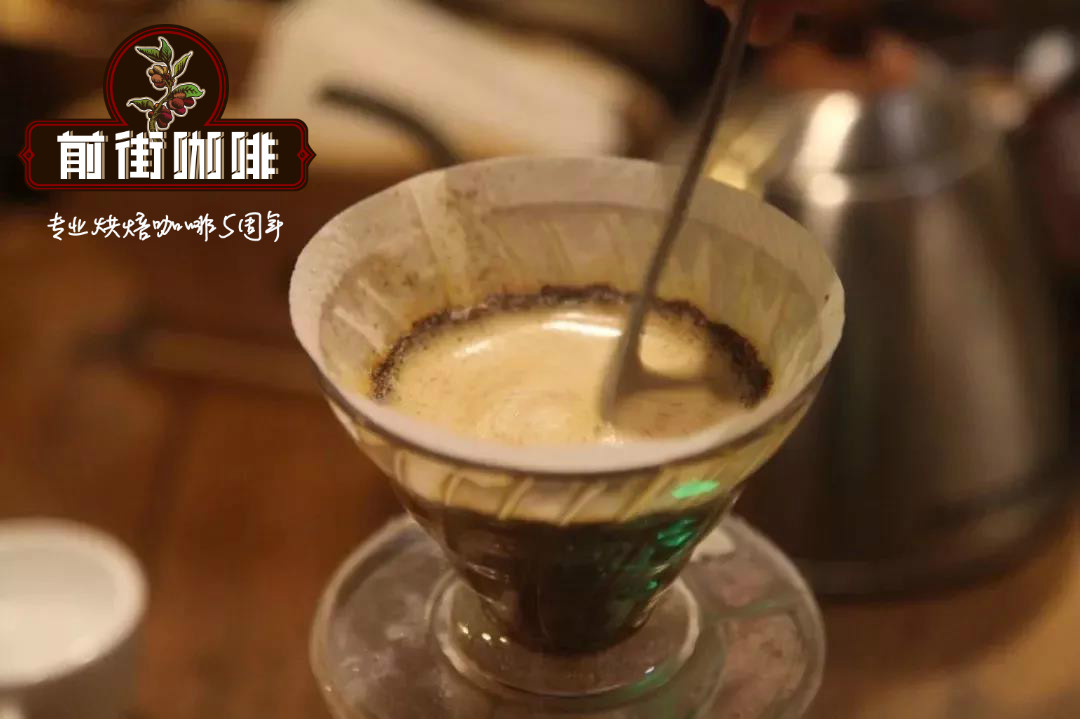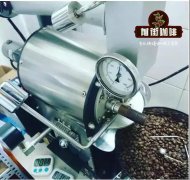Liberika planting regional characteristics description of Liberika flavor characteristics Liberika cooking parameters

Professional coffee knowledge exchange more coffee bean information please follow the coffee workshop (Wechat official account cafe_style)
First of all, we know the species of coffee from the botanical point of view. Coffee is a kind of "Rubiaceae", these plants will bear cherry-like fruit, and the seeds in the fruit are our favorite coffee beans. Among the species and genera of coffee, according to their genes, they can be divided into several species, such as "Arabica Arabica", "Robusta Robusta", "Liberica Liberica" and so on. Librika: with a shape like a soju snail, it is native to Liberia in West Africa, can withstand high and low temperatures, damp or dry environments, strong fecundity, but poor flavor, and its other disadvantage is that it will get leaf rust, so it is difficult to survive in the market. It is recorded that it is planted in Suriname, Libya, Ivory Coast, Liberia and other countries, which are commonly used in research, but are less able to be planted and produced in large quantities.
There are three main kinds of coffee beans in the world, Arabica ARABICA, Robusta ROBUSTA, and Liberika LIBERICA. Among them, Arabica accounts for 70-75% of the total coffee production, Robska accounts for about 25%, and the remaining 3% is produced by Liberika.
Let's take a look at the difference between the main Arabica and Robusta coffee beans: caffeine content: about half less sugar than Robusta; twice as much chlorogenic acid as Robusta; less than twice as much as Robusta: aroma, acidity, variety of flavor; mellow thickness, high sweetness, long finish
Important Notice :
前街咖啡 FrontStreet Coffee has moved to new addredd:
FrontStreet Coffee Address: 315,Donghua East Road,GuangZhou
Tel:020 38364473
- Prev

Liberica Coffee beans introduce Liberica and Arabica, Robusta makes espresso
Professional coffee knowledge exchange more coffee bean information please follow the coffee workshop (Wechat official account cafe_style)
- Next

"good coffee" & "good coffee"-what is a good cup of coffee?
Professional coffee knowledge exchange more coffee bean information please follow the coffee workshop (Wechat official account cafe_style) how to define a good cup of coffee? Some people say: to be strong, mellow and bitter; others say: to be refreshing and sweet; others say: if not sour, not bitter, not astringent, usually old gluttonous coffee lovers will say that XX brand, XX coffee is good; gourmet coffee love
Related
- Beginners will see the "Coffee pull flower" guide!
- What is the difference between ice blog purified milk and ordinary milk coffee?
- Why is the Philippines the largest producer of crops in Liberia?
- For coffee extraction, should the fine powder be retained?
- How does extracted espresso fill pressed powder? How much strength does it take to press the powder?
- How to make jasmine cold extract coffee? Is the jasmine + latte good?
- Will this little toy really make the coffee taste better? How does Lily Drip affect coffee extraction?
- Will the action of slapping the filter cup also affect coffee extraction?
- What's the difference between powder-to-water ratio and powder-to-liquid ratio?
- What is the Ethiopian local species? What does it have to do with Heirloom native species?

